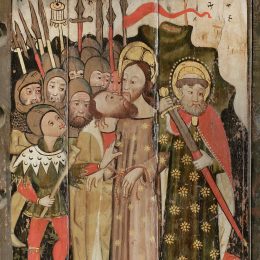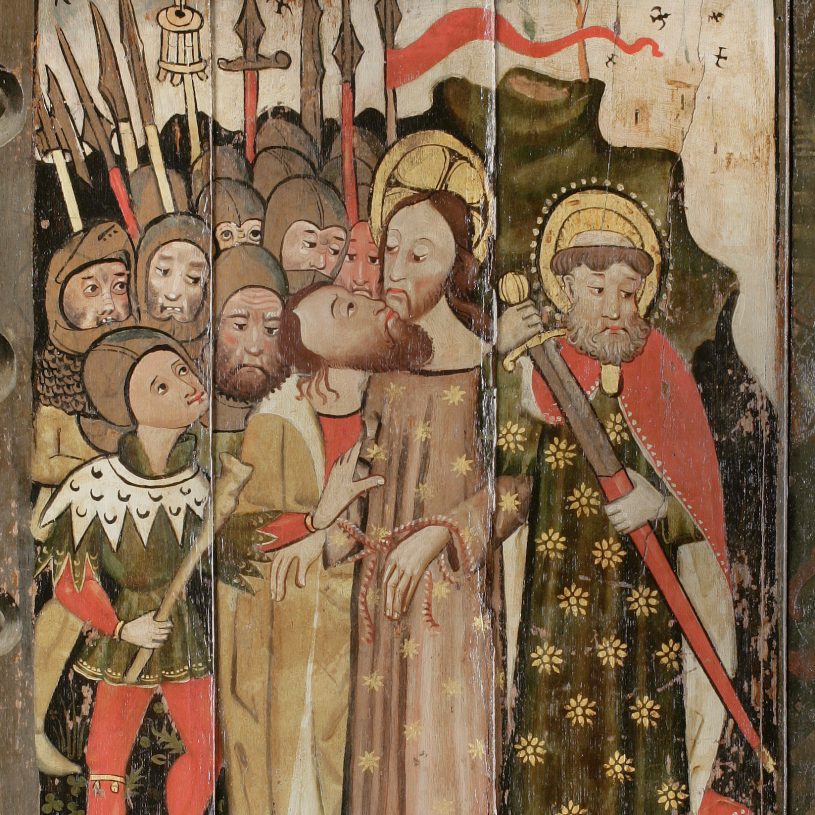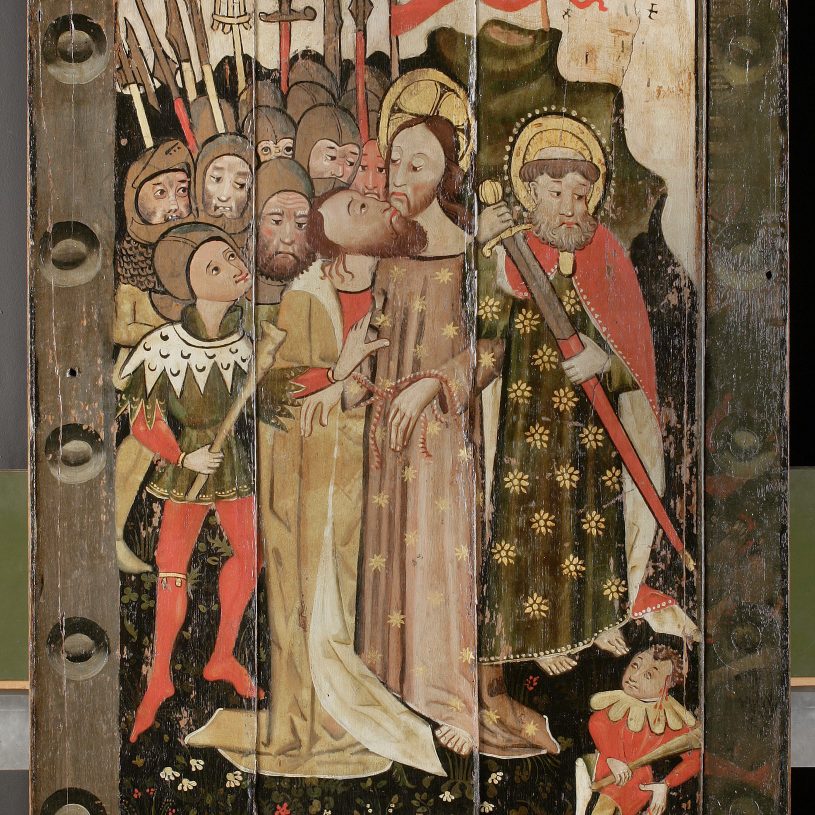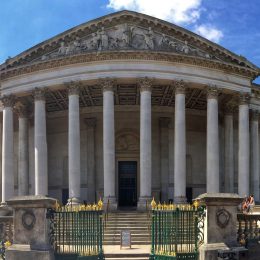Exploring the world of art, history, science and literature. Through Religion

Welcome to TreasureQuest!
Look through the treasures and answer the questions. You’ll collect jewels and for each level reached, earn certificates.
How far will you go?
You need an adult’s permission to join. Or play the game without joining, but you’ll not be able to save your progress.






Are there links to current religious practices or a modern equivalent?
Different Christian denominations furnish churches with varying degrees of decoration. Baptists often meet in simple and unadorned buildings, while Orthodox Christians congregate in highly decorated churches and cathedrals.

Where is it from, where is it now?

Websites
Reformation ‘recycling’ may have saved rare painting from destruction
A Cambridge University research article explains how the Reformation may have saved this painting.










 Faculty of Divinity
Faculty of Divinity